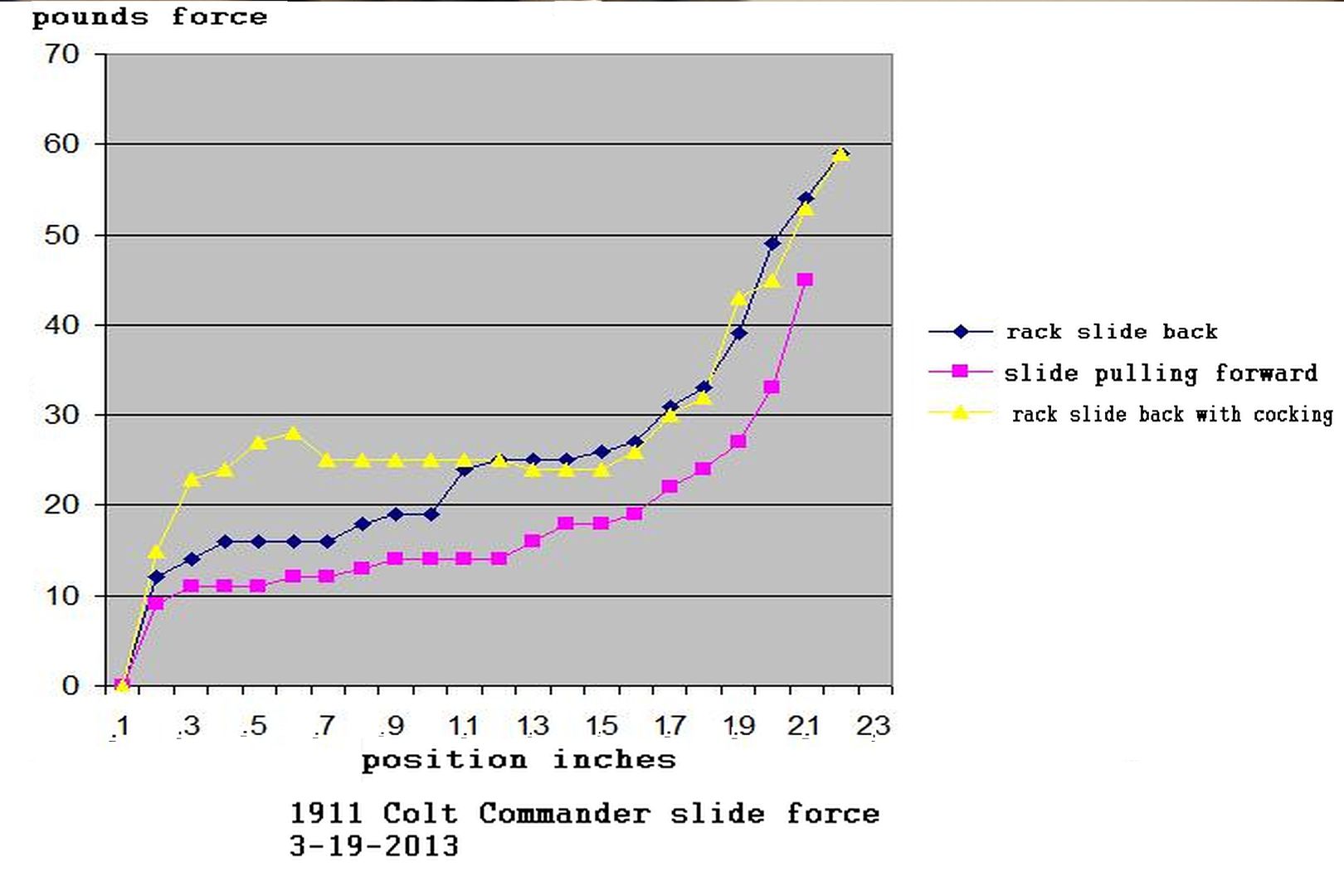g.willikers
New member
Another consideration is what can happen when a tired recoil spring gets "saggy."
(High tech term mostly used by high class spring design engineers.)
It can turn into a solid bushing, instead of a spring, making life hard for the parts involved.
There's lots more involved with gun designs than is first apparent.
(High tech term mostly used by high class spring design engineers.)
It can turn into a solid bushing, instead of a spring, making life hard for the parts involved.
There's lots more involved with gun designs than is first apparent.


